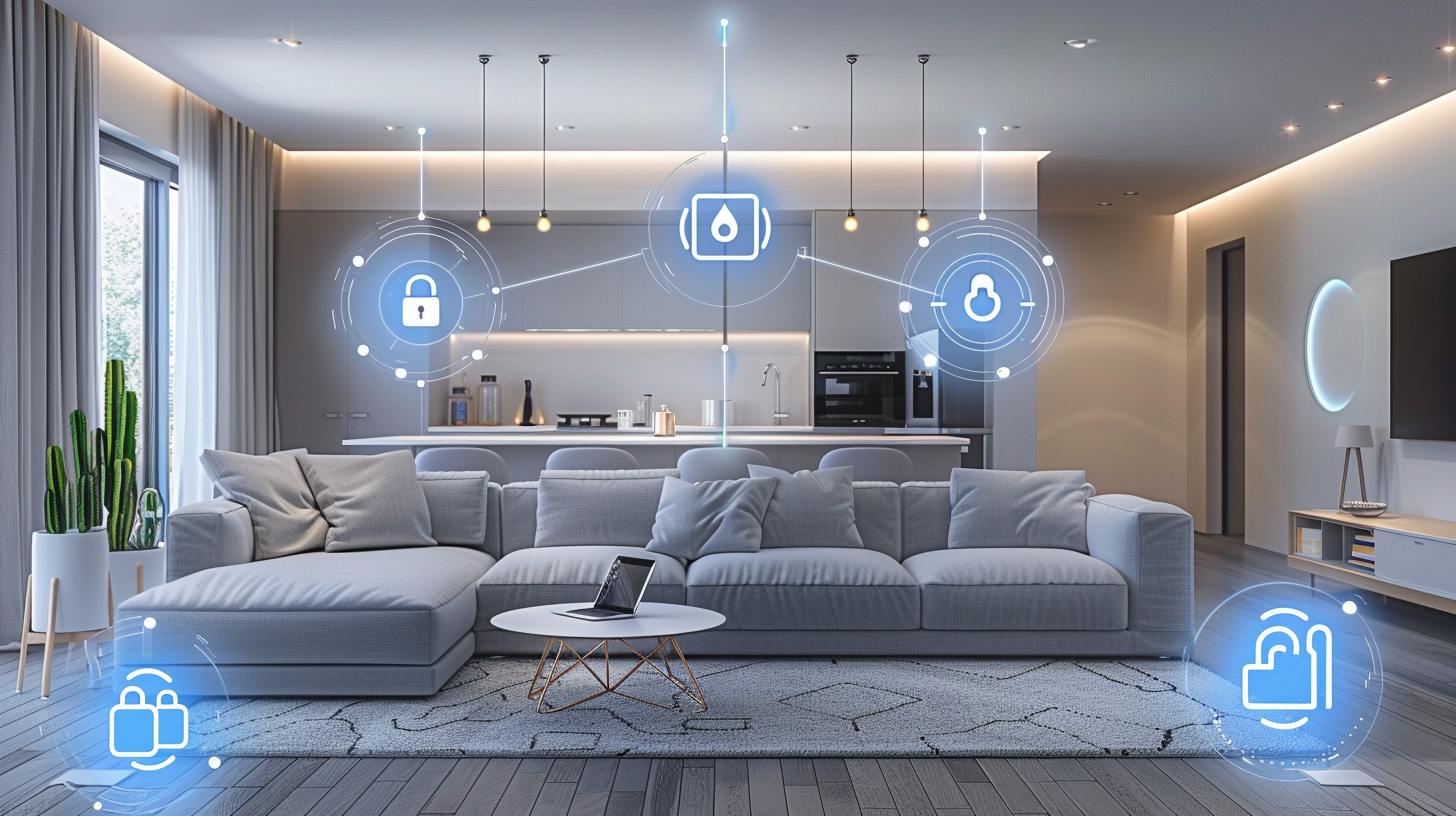The Complete WiFi Troubleshooting Guide: Fix Your Connection Issues Today

Nothing is more frustrating than WiFi that won't work when you need it most. Whether you're trying to join an important video call, stream your favorite show, or simply browse the web, connection issues can bring your day to a grinding halt. The good news? Most WiFi problems have simple solutions you can try before calling in the professionals.
Quick Fix Checklist
Before diving into detailed troubleshooting, try these quick fixes that solve 70% of WiFi issues: restart your router, move closer to it, check if other devices work, and ensure you're connecting to the right network.
Common WiFi Problems and Their Symptoms
- • WiFi shows connected but no internet access
- • "Limited connectivity" warnings
- • Can't load any websites or apps
- • Yellow triangle or exclamation mark on WiFi icon
- • Pages load extremely slowly
- • Video streaming constantly buffers
- • File downloads take forever
- • Video calls freeze or drop quality
- • WiFi randomly disconnects and reconnects
- • Connection drops in certain rooms
- • Works fine sometimes, terrible others
- • Devices keep asking for password
- • WiFi network doesn't appear in available networks
- • "Incorrect password" errors with right password
- • Device won't remember the network
- • Connection attempts time out
Step-by-Step Troubleshooting Process
Step 1: The Power Cycle (Fixes 40% of Issues)
The classic "turn it off and on again" is popular because it works. Here's how to do it properly:
- Unplug your modem (the device connected to your internet line) for 30 seconds
- Unplug your router (the device broadcasting WiFi) for 30 seconds
- Plug in the modem first and wait 2 minutes for all lights to stabilize
- Plug in the router and wait another 2 minutes
- Test your connection on multiple devices
Pro Tip: If you have a combined modem/router unit, just unplug it for 30 seconds, then plug it back in and wait 3-4 minutes for full startup.
Step 2: Check Your Device Settings
Sometimes the problem isn't your network—it's your device. Here's what to check:
On Mobile Devices:
- • Turn WiFi off and on in settings
- • "Forget" the network and reconnect
- • Check if airplane mode is accidentally on
- • Restart your phone or tablet
- • Update your device's operating system
On Computers:
- • Run Windows Network Troubleshooter
- • Update WiFi adapter drivers
- • Check if VPN is interfering
- • Disable and re-enable WiFi adapter
- • Clear DNS cache (ipconfig /flushdns)
Step 3: Optimize Your WiFi Environment
Your WiFi signal can be affected by physical obstacles and interference. Here's how to optimize:
Router Placement Best Practices:
✓ DO:
- • Place in central, elevated location
- • Keep away from walls and metal objects
- • Position antennas vertically
- • Ensure good ventilation around router
✗ DON'T:
- • Hide in closets or cabinets
- • Place near microwaves or baby monitors
- • Put on the floor or in corners
- • Surround with books or decorations
Step 4: Advanced Troubleshooting
If basic steps haven't solved your problem, try these more advanced solutions:
Change Your WiFi Channel
If you live in a crowded area, your WiFi might be competing with neighbors' networks.
- • Access your router's admin panel (usually 192.168.1.1)
- • Look for "Wireless" or "WiFi" settings
- • Try channels 1, 6, or 11 for 2.4GHz networks
- • For 5GHz, try channels 36, 44, 149, or 157
Update Router Firmware
Outdated firmware can cause performance and security issues.
- • Check your router manufacturer's website
- • Look for firmware updates for your model
- • Follow the manufacturer's update instructions carefully
- • Never interrupt the update process
Check for Bandwidth Hogs
Some devices or applications might be using all your bandwidth.
- • Check which devices are connected to your network
- • Look for automatic updates, cloud backups, or streaming
- • Use Quality of Service (QoS) settings to prioritize traffic
- • Consider upgrading your internet plan if needed
When to Call the Professionals
While many WiFi issues can be resolved with DIY troubleshooting, some situations require professional expertise:
- • Your router is over 5 years old
- • You need coverage in a large home (3,000+ sq ft)
- • You have persistent dead zones
- • Multiple devices still can't connect
- • You need business-grade reliability
- • You're planning a smart home setup
- • Mesh network installation
- • Enterprise-grade equipment setup
- • Structured cabling for optimal performance
- • Network security configuration
- • Site surveys and heat mapping
- • Ongoing monitoring and maintenance
Prevention: Keeping Your WiFi Healthy
The best WiFi problems are the ones that never happen. Here's how to maintain a healthy network:
Monthly Maintenance Checklist:
- □ Restart your router and modem
- □ Check for firmware updates
- □ Clean dust from router vents
- □ Review connected devices list
- □ Test internet speeds in different rooms
- □ Update device WiFi drivers
- □ Check router placement and ventilation
- □ Review and update WiFi passwords
Conclusion: Reliable WiFi is Within Reach
WiFi problems are frustrating, but they're usually solvable with the right approach. Start with the simple fixes—power cycling and checking device settings—before moving to more advanced troubleshooting. Remember that older equipment, large homes, and complex setups often benefit from professional installation and ongoing support.
At Link Light AV, we've helped hundreds of Northern Colorado homes and businesses achieve reliable, fast WiFi coverage. Whether you need a simple router upgrade or a comprehensive mesh network installation, we're here to ensure your connection works when you need it most.
Still Having WiFi Issues?
Our network specialists can diagnose your specific situation and provide a customized solution that ensures reliable connectivity throughout your space.